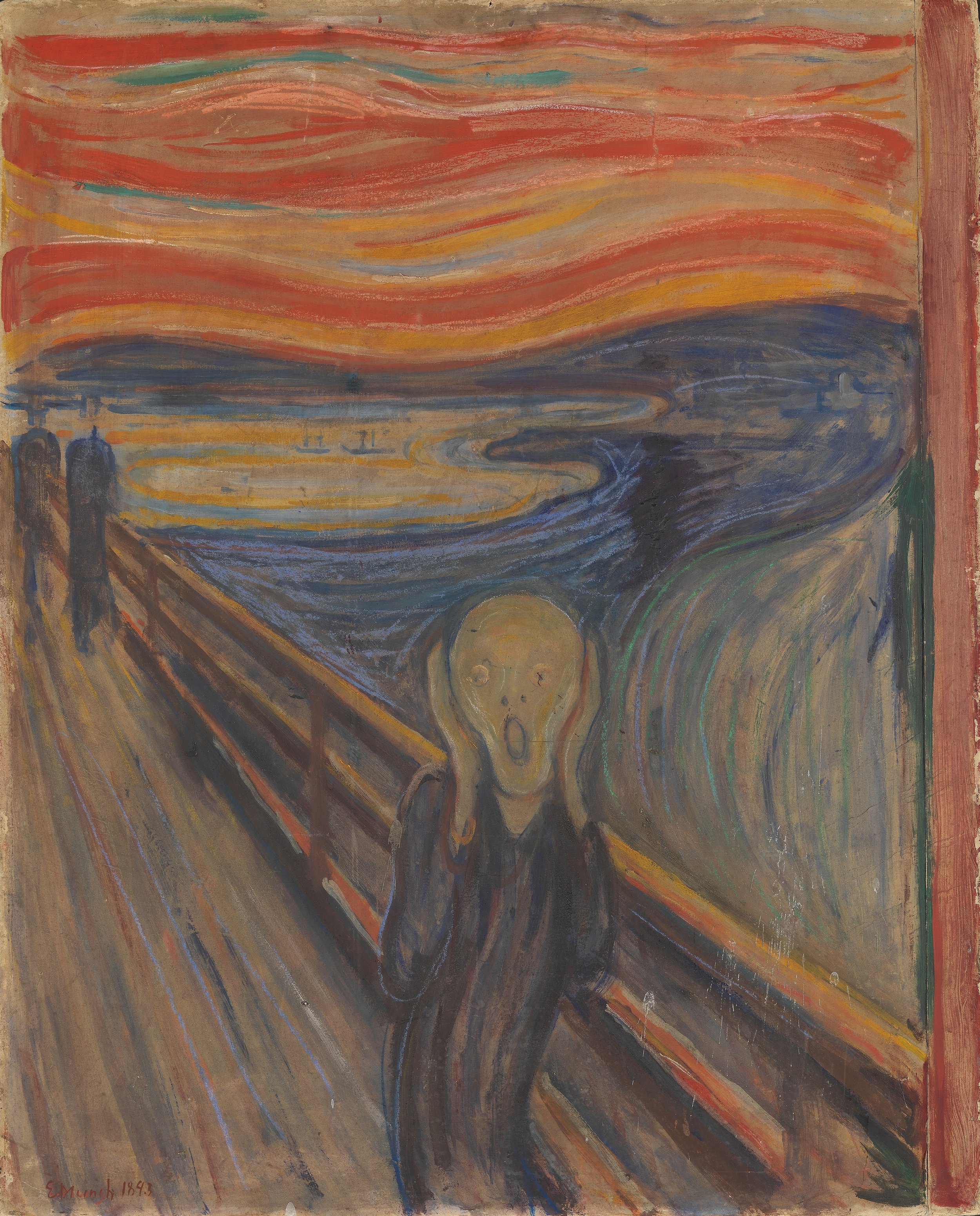Artists who Suffered Through Depression
By: Maya Young
Behind every artist comes a struggle that often becomes hidden from the light. The work of these many artists we praise today battled a great fight with depression. Many of these individuals turned to art as a coping mechanism, distracting their minds from the negative feelings they were surrounded by daily. Art provided a way for these artists to create pictures with minimal words, process their emotions, and communicate their challenges with the world. Many famous pieces we know today present awareness of the struggles these artists endured trying to grapple with depression. As these artworks continue to uncover the many stories of artists who fought depression, they bring hope to society, allowing the struggles of the many individuals today who feel stuck in the same cycle of depression to be heard.
#1 Vincent Van Gogh
“Starry Night”
"I put my heart and soul into my work, and in the process, I lost my mind." Vincent van Gogh articulated. It was said that Van Gogh suffered from severe depression, Bipolar Disorder, Borderline Personality Disorder, and Alcohol use disorder. The first breakdown Van Gogh experienced was when he proposed to the woman he wanted to marry, who rejected him. However, his mental health started taking a significant toll in his thirties. With a paintbrush in hand, Van Gouhg's dream was to create paintings and be recognized in the community, but did not gain much attention until after his death. His most famous piece "Starry Night," was inspired by his time at the asylum where he settled. The clouds he painted reflect the conflicts he faced trying to balance his psychological conditions with his everyday life. Many of Van Gogh's paintings were created in Saint Remy, where he spent his time at a mental health hospital.
“Irises”
When Van Gogh was feeling better, he would go out to the garden at the hospital, where he was inspired to paint close-ups of the flowers, plants, and animals he spotted. The painting served as a distraction for Van Gogh from battling his psychiatric disorder while giving him little pieces of joy in his life. While Van Gogh felt lonely and depressed, nature gave him strength. He produced over seventy-five paintings and one hundred sketches of nature and imaginary villages with cornfields and forests surrounding them.
#2 Edvard Munch
Edvard Munch was a Norwegian artist who suffered from anxiety and depression. Many of his artworks showcase the emotional struggles he faced throughout his life. With his sister diagnosed with schizophrenia and his brother dying from pneumonia, Munch was fearful that he would not escape from illness. Moments before his sister died from tuberculosis, Munch finished his painting, "Sick Child". By spilling an array of dull colors onto the canvas Munch formed a masterpiece that consisted of a sick child with a woman beside her who felt a deep sadness. In the painting, the dark colors create a dull mood, which could demonstrate how heartbroken Munch felt after the death of his sister. Another famous painting that Munch created was titled "The Scream", inspired by the financial hardship he was experiencing and his frustration when his art was not selling the way he wanted. With bright colors engulfed in the canvas, Munch reflects the anxiety and endless cycle of worry he battles throughout his life. Over the years, Munch's mental health started going downhill as he began to experience psychological trauma. Being able to paint was seen as a distraction from his hardships as he painted away his emotions in picture form.
“The Scream”
“The Sick Child”
“Royal Red and Blue”
“Rust and Blue”
#3 Mark Rothko
"The people who weep before my pictures are having the same religious experience I had when I painted them." was one of the famous sayings of abstract painter Mark Rothko. Rothko was an artist who spent much of his life in New York City. Although Rothko was able to make very well-known pieces, he also suffered from depression and alcohol addiction. Rothko refused his doctor's orders as he continued drinking, smoking, and making unhealthy lifestyle choices. One of his friends noticed he was always nervous, thin, and restless. In many of Rothko's paintings, he poured out his intense emotions directly on the canvas as his pictures were usually very expressive. In his earlier years of painting, Rothko used bright colors to give his art a disembodying effect. One of Rothko's more famous paintings, titled "Dark Pallate," was created to depict the message of never-ending doom. In 1957, Rothko began to abandon shades of reds, oranges, and bright colors and began highlighting colors of blacks, burgundy, and harsher tones. Rothko contrasts black and deep purple in many of his art pieces to showcase an often bitter mood. It was not until 1970 that Rothko took his one life from overdose and a significant cut to the artery on his right arm.
Works Cited
Schjeldahl, Peter. “The Dark Final Years of Mark Rothko.” The New Yorker, The New Yorker, 9 Dec. 2016, www.newyorker.com/magazine/2016/12/19/the-dark-final-years-of-mark-rothko.
Paul. “6 Famous Artists Who Struggled with Mental Illness.” 1000Museums, 17 May 2023, www.1000museums.com/famous-artists-with-depression/.
Azeem, Hina. “The Art of Edvard Munch: A Window onto a Mind: Bjpsych Advances.” Cambridge Core, Cambridge University Press, 2 Jan. 2018, www.cambridge.org/core/journals/bjpsych-advances/article/art-of-edvard-munch-a-window-onto-a-mind/747AD9F91000C9CF26957BE8E88C4E8D.
John M. Grohol, Psy.D. “Van Gogh’s Mental Health: Bipolar, Schizophrenia, or Something Else?” Psych Central, Psych Central, 20 May 2022, psychcentral.com/adhd/did-vincent-van-gogh-have-bipolar-disorder-or-schizophrenia#possible-conditions.
Egot, Fabien Laurent Patrice. “Vincent van Gogh Famous Quotes.” French Riviera Guide, frenchrivieraguide.com/infos/paintings/vincent-van-gogh-quotes.html. Accessed 14 Oct. 2023.







